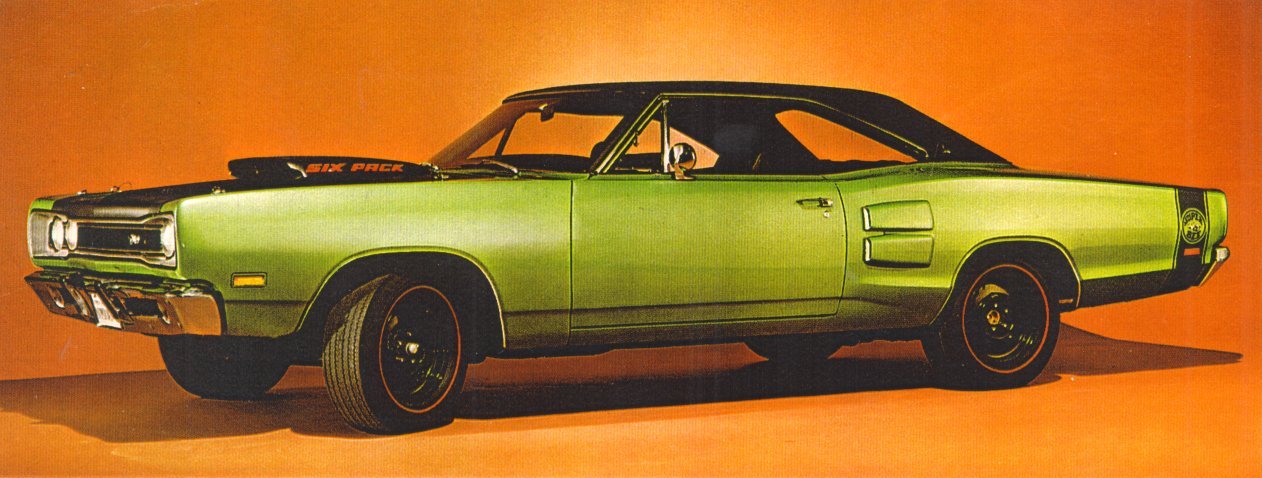rklein383
Well-Known Member
- Joined
- Dec 2, 2005
- Messages
- 2,212
- Reaction score
- 1,805
Plymouth should have put six packs on the 440 in the barracuda. Hmmm... That is why I put a 440+6 in my 383-S Barracuda. Rumor has it my engine came from a roadrunner.
I read a long time ago that very early six pack 440s had the standard rods and therefore didn't need the thicker dampner. Anyone know this for sure.?
I read a long time ago that very early six pack 440s had the standard rods and therefore didn't need the thicker dampner. Anyone know this for sure.?



















